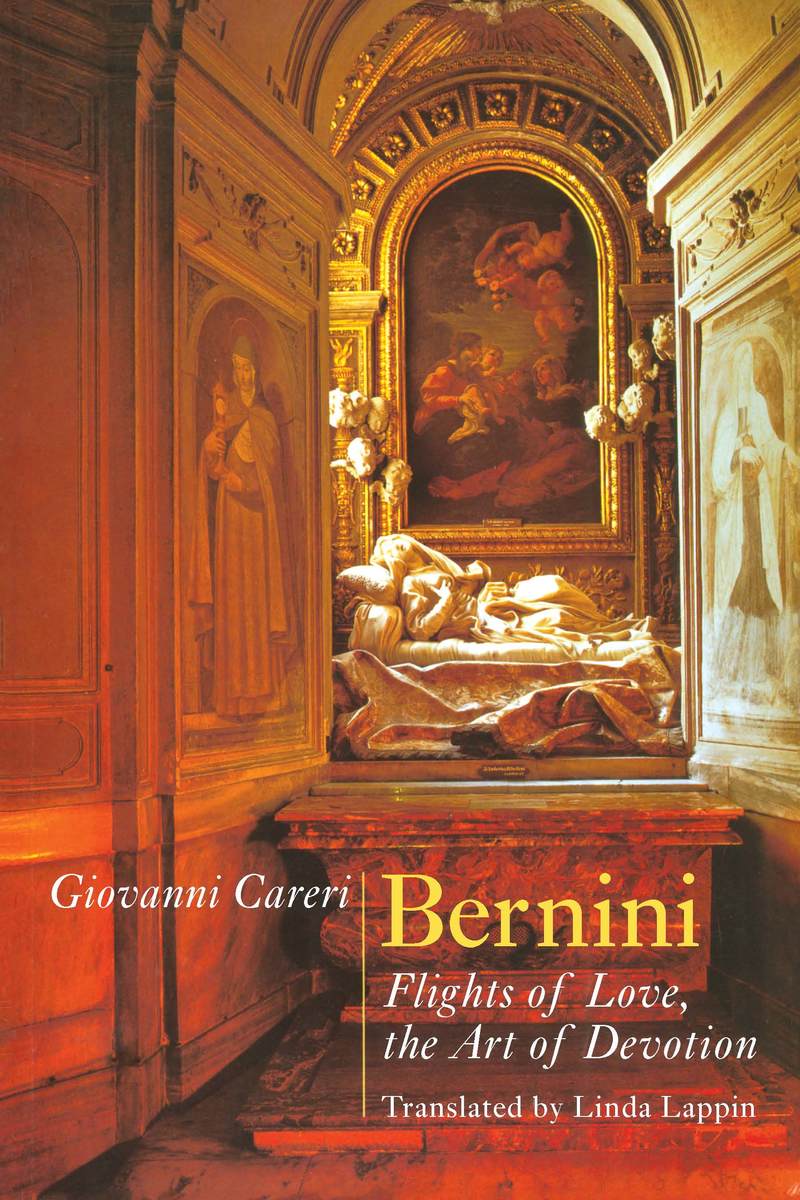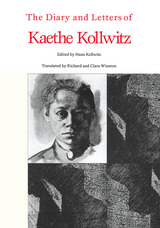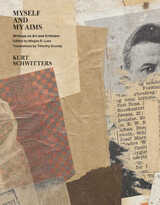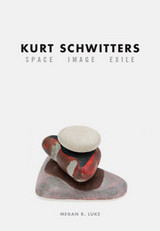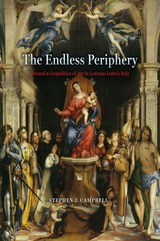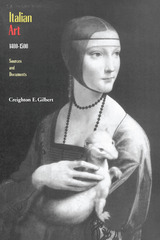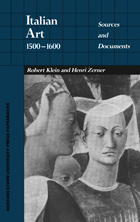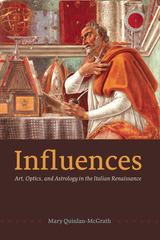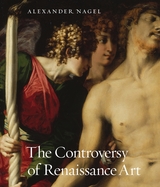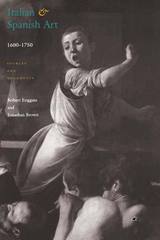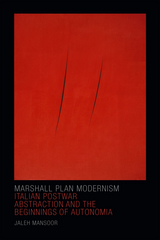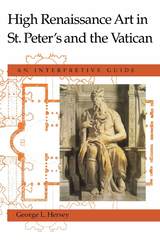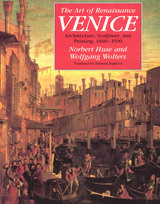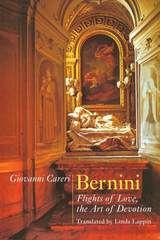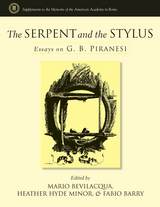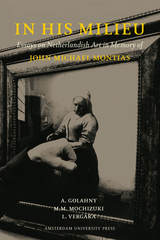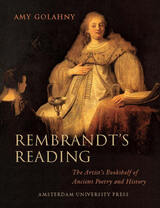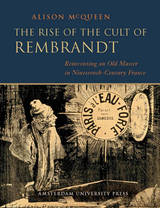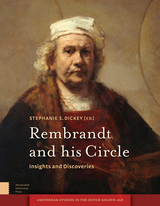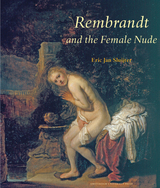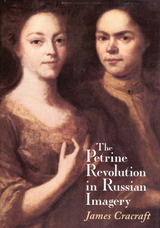Bernini: Flights of Love, the Art of Devotion
University of Chicago Press, 1994
Cloth: 978-0-226-09272-0 | Paper: 978-0-226-09273-7
Library of Congress Classification N6923.B5C2713 1995
Dewey Decimal Classification 709.2
Cloth: 978-0-226-09272-0 | Paper: 978-0-226-09273-7
Library of Congress Classification N6923.B5C2713 1995
Dewey Decimal Classification 709.2
ABOUT THIS BOOK | TOC | REQUEST ACCESSIBLE FILE
ABOUT THIS BOOK
Nowhere is evidence of Bernini's unique abillity to unite architecture with sculpture and painting into a beautiful whole more compelling than in the Baroque chapel of Bernini's design: a dark world sealed below by a balustrade, covered by a luminous celestial dome, and populated by bodies of paint, marble, stucco, and flesh. This book explores three of these Baroque chapels to show how Bernini achieved his remarkable effects. Giovanni Careri examines the ways in which the artist integrated the disparate forms of architecture, painting, and sculpture into a coherent space for devotion, and then shows how this accomplishment was understood by religious practitioners.
In the Fonseca Chapel, the Albertoni Chapel, and the church of Sant' Andrea al Quirinale, all in Rome, Careri identifies three types of ensemble and links each to a particular spiritual journey. Using contemporary theories in anthropology, film, and reception aesthetics, he shows how Bernini's formal mechanisms established an emotional dynamic between the beholder and a specific arrangement of forms. As an inquiry into the ways art in a certain historical context transformed and was transformed by its audience, Bernini: Flights of Love, the Art of Devotion is also a penetrating investigation into the aesthetic principles of multimedia composition.
In the Fonseca Chapel, the Albertoni Chapel, and the church of Sant' Andrea al Quirinale, all in Rome, Careri identifies three types of ensemble and links each to a particular spiritual journey. Using contemporary theories in anthropology, film, and reception aesthetics, he shows how Bernini's formal mechanisms established an emotional dynamic between the beholder and a specific arrangement of forms. As an inquiry into the ways art in a certain historical context transformed and was transformed by its audience, Bernini: Flights of Love, the Art of Devotion is also a penetrating investigation into the aesthetic principles of multimedia composition.
See other books on: 1598-1680 | Christian art and symbolism | Flights | Lappin, Linda | Modern period, 1500-
See other titles from University of Chicago Press
